Why Today's Foreclosure Rates Aren't Like 2008's

You've probably heard that the number of foreclosures in today's housing market is increasing. This may raise a few issues for you, especially if you're considering purchasing a home. Understanding what they truly imply is crucial if you want to know the truth about what's going on today.
According to ATTOM, a property data report, foreclosure filings are up 6% from the previous quarter and 22% from a year ago. As media headlines draw attention to this surge, reporting on the number alone may cause concern and possibly make you reconsider purchasing a property for fear of a price drop.While foreclosures are on the rise, the data demonstrates that a foreclosure catastrophe is not on the horizon.
Let's take a look at the most recent data in context to see how it compares to past years.
It Isn’t the Dramatic Increase Headlines Would Have You Believe
The number of foreclosures has been at an all-time low in recent years. This is because, in 2020 and 2021, the forbearance program and other homeowner relief choices enabled millions of homeowners stay in their homes, helping them to get back on their feet during a difficult time. And, with property values soaring at the same time, many homeowners who might otherwise have faced foreclosure were able to leverage their equity and sell their houses rather than face foreclosure. Equity will continue to be a factor that can assist keep folks out of foreclosure in the future.
As the government’s moratorium came to an end, there was an expected rise in foreclosures. But just because foreclosures are up doesn’t mean the housing market is in trouble. As Clare Trapasso, Executive News Editor at Realtor.com, says:
“There’s no reason to panic, at least not yet. Foreclosure filings began ticking up . . . after the federal foreclosure moratorium ended. The moratorium was enacted in the early days of COVID-19, when millions of Americans lost their jobs, to prevent a tsunami of homeowners losing their properties. So some of these proceedings would have taken place during the pandemic but got delayed due to the moratorium. This is a bit of a catch-up.”
Basically, there’s not a sudden flood of foreclosures coming. Instead, some of the increase is due to the delayed activity explained above while more is from economic conditions. As Rob Barber, CEO of ATTOM, explains:
“This unfortunate trend can be attributed to a variety of factors, such as rising unemployment rates, foreclosure filings making their way through the pipeline after two years of government intervention, and other ongoing economic challenges. However, with many homeowners still having significant home equity, that may help in keeping increased levels of foreclosure activity at bay.”
Take a look at the graph below to see exactly how different the situation is now compared to the housing meltdown. It demonstrates that foreclosure activity has been decreased after the crisis by examining homes having a foreclosure file dating back to 2005.

While foreclosures are on the rise, it is evident that current foreclosure activity is nothing like it was during the housing crisis. In addition to the causes described above, this is primarily due to the fact that purchasers nowadays are more qualified and less likely to fail on their loans.
Today, foreclosures are far below the record-high number that was reported when the housing market crashed.
Bottom Line
Putting data into perspective is more crucial than ever right now. While foreclosures are projected to climb in the housing market, they are nothing near the crisis levels observed when the housing bubble burst, and this will not result in a drop in home prices.
Categories
Recent Posts
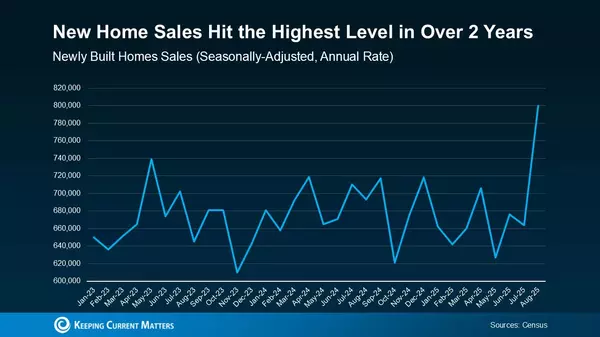
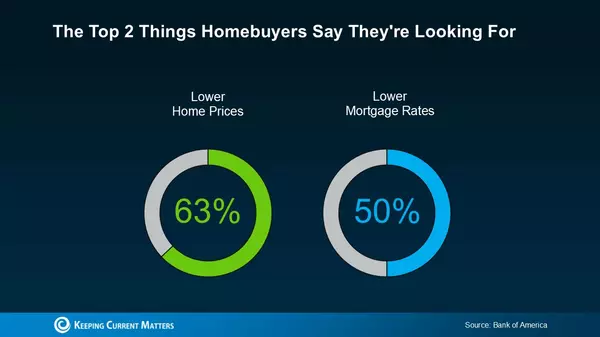
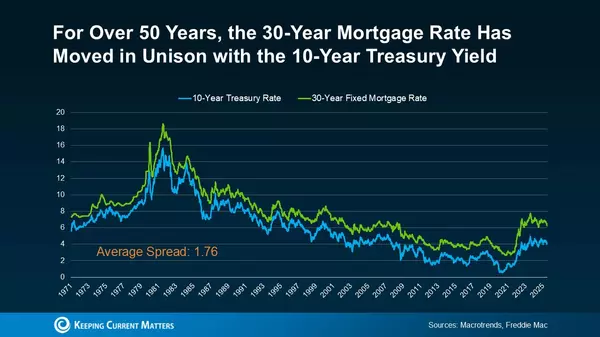
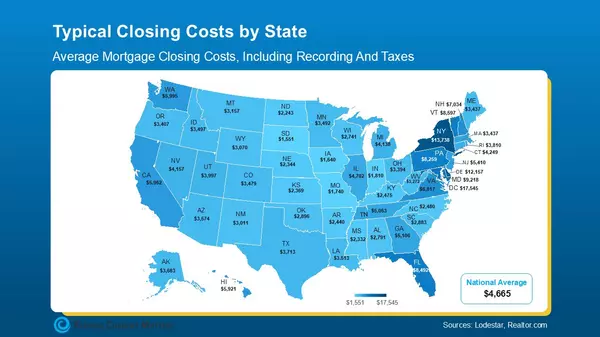
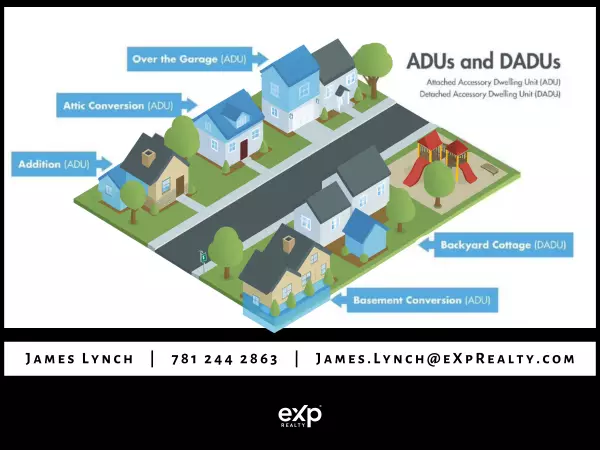

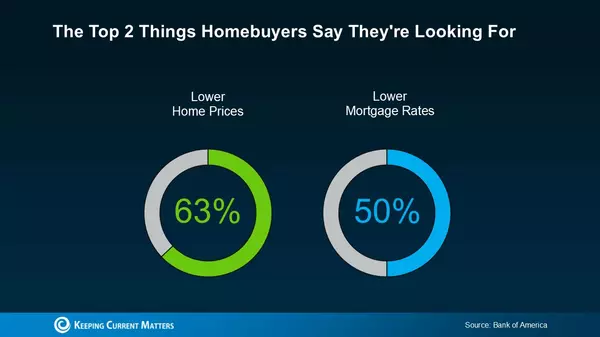
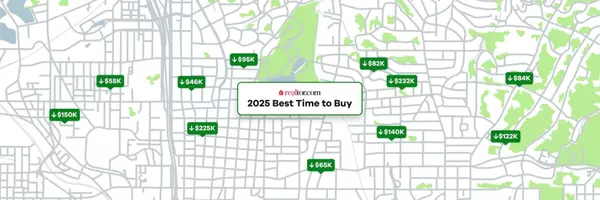
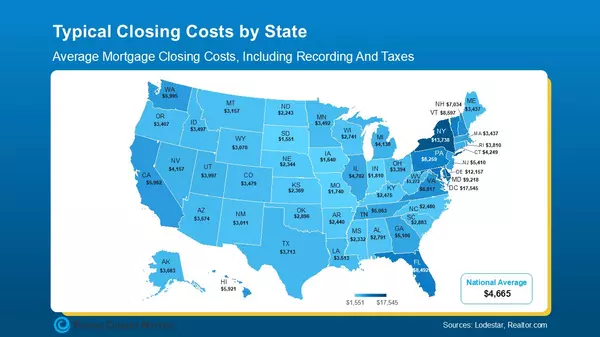
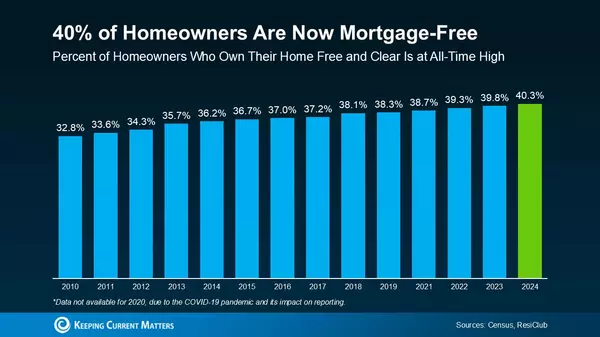
GET MORE INFORMATION


